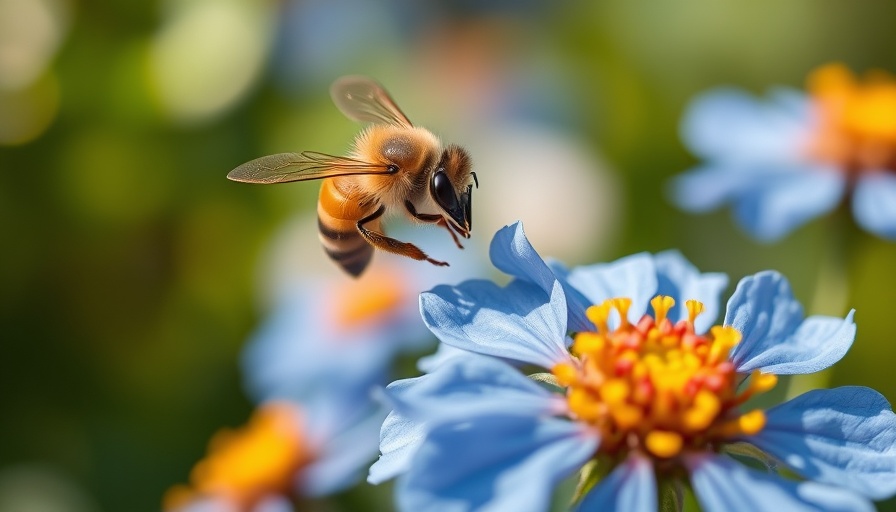
Give Your Houseplants Unique Personalities
In the world of indoor gardening, houseplants serve not only as occasional decor but as companions that significantly contribute to our well-being. As more individuals embrace plant parenthood, the practice of naming these green companions has evolved, morphing from simple identifiers into creative expressions of personality. From quirky names to celebrity-inspired puns, choosing a unique name can enhance your connection to your leafy friends.
Why Naming Your Plants Matters
What might seem like a trivial task can have surprising benefits. Research has shown that engaging with plants can reduce stress and improve mood. By personalizing your plant's name, you often create a deeper emotional bond, transforming what was once a mere decoration into a valued member of your household. For instance, a friendlier name might encourage more frequent interaction, boosting the overall joy of plant care.
Top Trendy Names to Stand Out
For those who want to add a touch of style to their plant names, consider names that reflect a plant's characteristics or cultural meanings. Names like "Lucky" for money trees or "Sprout" for new growth can signify care while tying directly to plant lore. Let's showcase some popular categories:
- Best Names: This includes clever options like "Leaf," "Sunny," and "Prickles," which can adapt to any plant type.
- Cute Names: Names such as "Peach," "Emerald," or even words like "Verde" (Spanish for green) can highlight a plant's color or essence.
- Funny Names: For the quirky plant owner, lighthearted names like "Bug Eater" for a flytrap or "Hot Dog" for dragon fingers pack a comedic punch.
Celebrity Plant Names: A Fun Twist
Celebrity-inspired nicknames are creative and playful. From “Miley Cyprus” for a cypress tree to “Beyonce” for a striking beauty, these names offer a glamorous touch that makes caring for plants an entertaining experience. They demonstrate a layer of creativity that deepens the joy associated with nurturing your houseplants.
The Emotional Benefits of Plant Ownership
Studies underscore the diverse advantages of having plants at home, linking them to improved mental health and increased feelings of happiness. Naming plants can cultivate a sense of responsibility while also fostering a community within the household. Families can make a game out of naming their plants, encouraging teamwork and shared experiences in caring for them.
How to Choose the Perfect Name
When selecting a name for your plant, consider its traits, your personal interests, or even a fun fact about the species. You might draw inspiration from your favorite books, movies, or even food. Taking the time to pick a name that resonates can contribute to your overall enjoyment and connection with each plant.
Unique Naming Opportunities
Beyond individual names, consider how you might group plants. Giving plants with similarities a collective theme—like naming all your succulents after dessert names—can add a fun twist to your indoor garden landscape. This thematic approach not only brings visual coherence to your plant collection but also enhances the overall aesthetics of your living space.
Inspire Growth and Creativity
Overall, naming houseplants unlocks creativity and encourages deeper interaction. The act of personalizing your plants fosters a stronger relationship, making everyday care feel a bit more significant. So, whether you're starting a new collection or looking to rename your long-standing “green friends,” let your imagination roam free and choose names that bring a smile each day.
Refresh your indoor space with imaginative names and enhance the bond you share with your plants. The only challenge left is deciding if your favorite name will suit your most cherished green companion!
 Add Row
Add Row  Add
Add 




Write A Comment